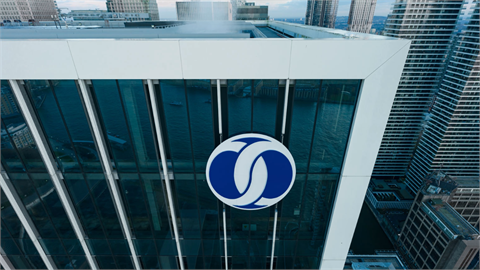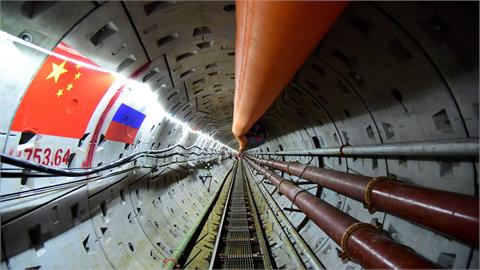The renewables-based electrification of Europe’s industrial processes, buildings and transport would allow Europe to reduce energy-related CO2 emissions by 90 percent by 2050, according to WindEurope latest report on Tuesday.
According to WindEurope's ‘Breaking New Ground’, which is released at the Global Wind Energy Summit in Hamburg, clean energy based electrification would rise from 24 percent today to 62 percent in 2050.
Electrification would increase total energy expenditure to 2.7 percent of Europe’s gross domestic products (GDP), half a percentage point more than if currently envisaged policies are applied, the report explains.
However, it would reduce climate mitigation costs, which could be amount to 1.2 percent of Europe’s GDP. It would further drop the total amount to 0.86% with ambitious electrification, according to WindEurope.
Additionally, the report shows that industrial processes could be powered by up to 86 percent electricity by 2050, which would provide a reduction of 88 percent in emissions. Meanwhile, buildings could be powered by 64 percent electricity by 2050, reducing their emissions by 70 percent.
With a level of 62 percent electrification of energy, 78 percent of the electricity would come from renewables. Due to its cost-competitiveness and scalability, wind energy is uniquely positioned to make these targets attainable, according to the report.
- Wind power main electrification source
Wind could cover 36 percent of Europe’s power generation by 2050 with a build-out rate of 20 GW per year from 2030 to 2050.
WindEurope CEO Giles Dickson said during the release of the report on Tuesday that Europe has done quite well at getting renewables into electricity generation but much less well at getting them into industrial processes, buildings and transport.
"EU needs to agree on a ‘zero net carbon’ target for 2050. We need to increase investment in grid infrastructure and electric vehicle charging points," he said.
"And we need to support the development of electrolysers, which are key to indirect electrification with hydrogen," he explained and added that Europe is on track to meet its contribution to the Paris goal of keeping global temperature rises to less than 2 degrees. An electrolyser is a device which splits water into hydrogen and oxygen using electric current that is passed through the water
"Onshore wind is already the cheapest form of new power generation in many parts of Europe. Offshore wind is not far behind. Doing this [reaching Paris goals] is not just good for the planet. It’s good for jobs and growth in Europe," he said.



